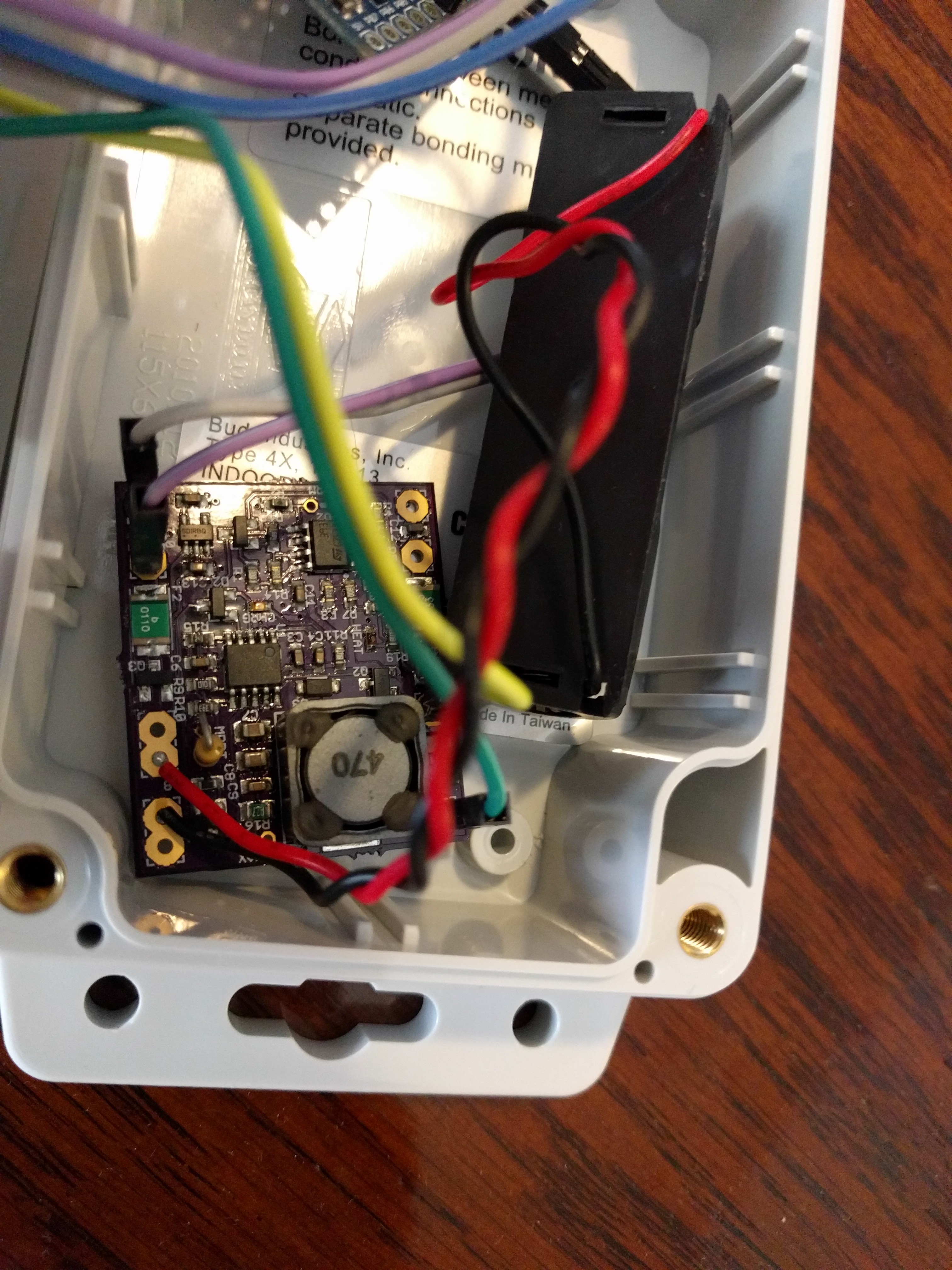One of the goals of this project was to be able to prototype quickly. So I wanted to mostly use components I already had laying around, was already familiar with or had previously worked with.
Many BLE beacon projects run from a coin cell, but I decided against that. The eventual goal would be to have a product that could be installed by local governments on their street infrastructure, and having to replace batteries just wouldn't do. These things would have to be installed and work reliably for years without issues and with zero maintenance. The current consumption would also be higher than for normal beacons, because of the sound generating system. To keep the system rugged, I would prefer to not open holes in the enclosure to let the sound out, so the sound system will likely take a good amount of power to get through the enclosure.
If a blind person was commuting, the system would likely be activated at least once a day, but of course there could be multiple people and multiple activations per person. For prototyping purposes it would be a good idea to oversize the system and not have any problems.
I have a lot of experience with LiFePO4 batteries from other projects such as #LiFePO4wered/USB and #LiFePO4wered/Pi, and my most recent project in that area was #LiFePO4wered/Solar1, so it would make sense to use this project in this one to develop both in tandem. :) Here's a picture of the #LiFePO4wered/Solar1 and LiFePO4 battery used in my prototype:

I used a small monocrystalline solar cell from AliExpress for this prototype. The cell's advertised peak power is 0.6W (5.5V @ 120 mA). Again, more than needed, but I want this to work even if it's installed on a north-facing wall or in the shade.
The #LiFePO4wered/Solar1 was configured for an MPPT voltage of 5.1 V and maximum charge current of 444 mA. This is way more than the solar cell can provide, but it's the minimum value with the current components used in the #LiFePO4wered/Solar1. Lesson learned: change the components to lower the minimum charge current. Since the system uses MPPT, it's not a huge problem because the charge current will automatically be lowered to a level the solar cell can support. Some quick testing showed the charge current to be more like 25 mA when not in full sun.
This power system should be good enough for a prototype and I'll be able to learn about and optimize the #LiFePO4wered/Solar1 design in the process. :)
 Patrick Van Oosterwijck
Patrick Van Oosterwijck
Discussions
Become a Hackaday.io Member
Create an account to leave a comment. Already have an account? Log In.